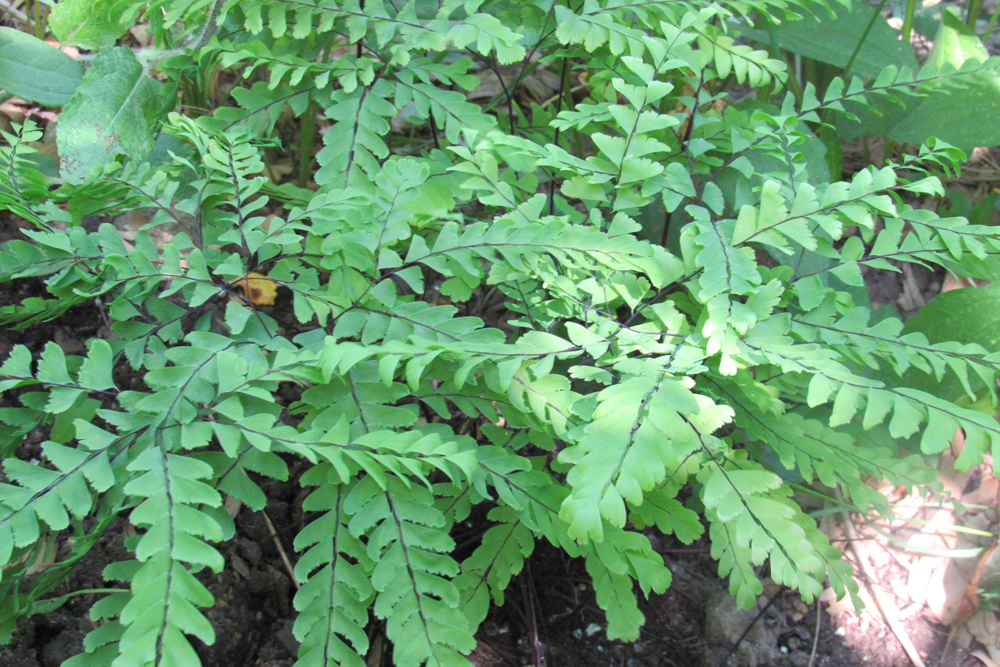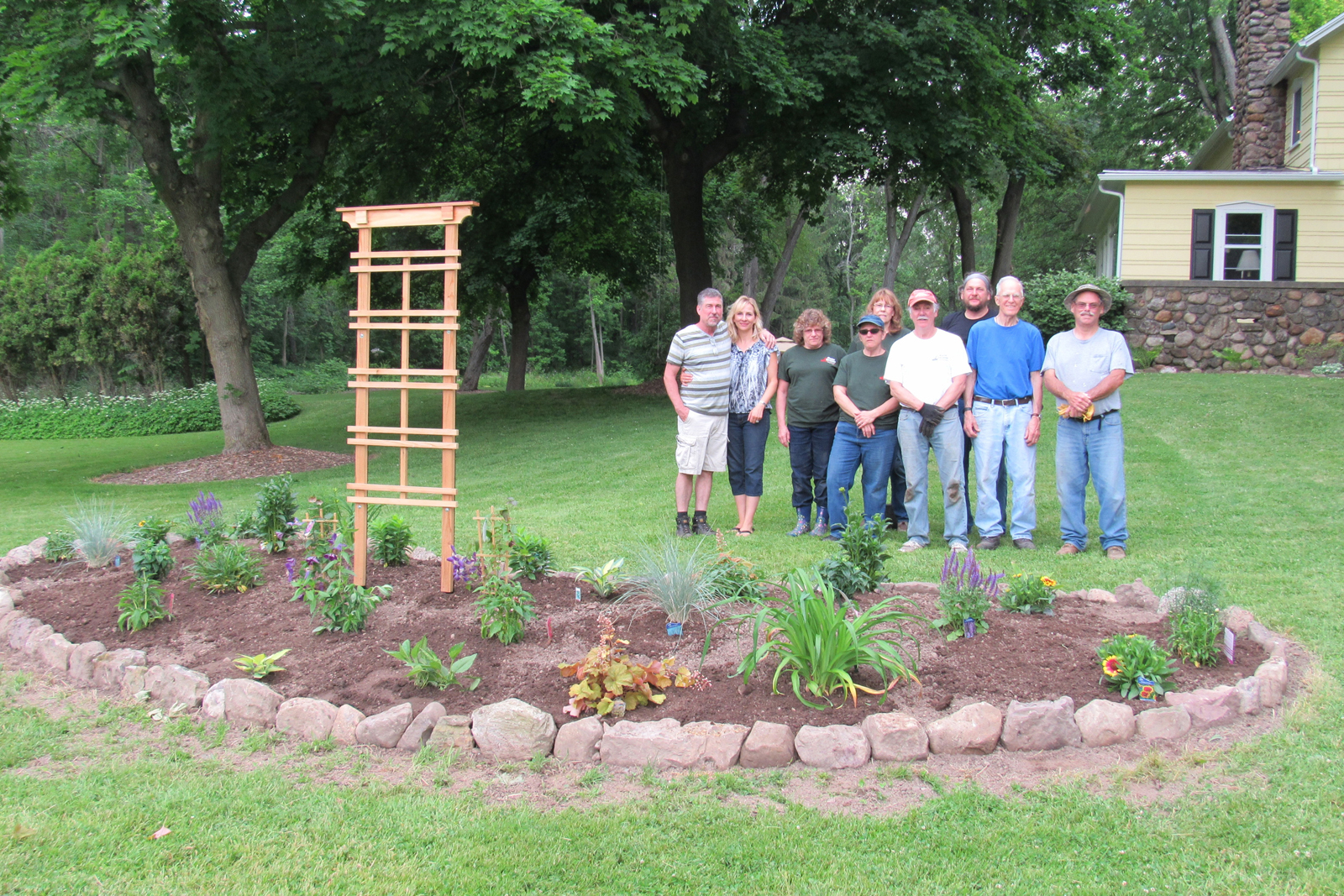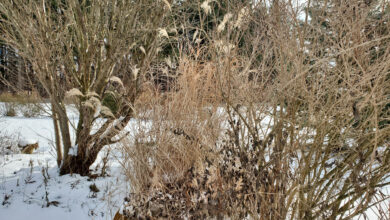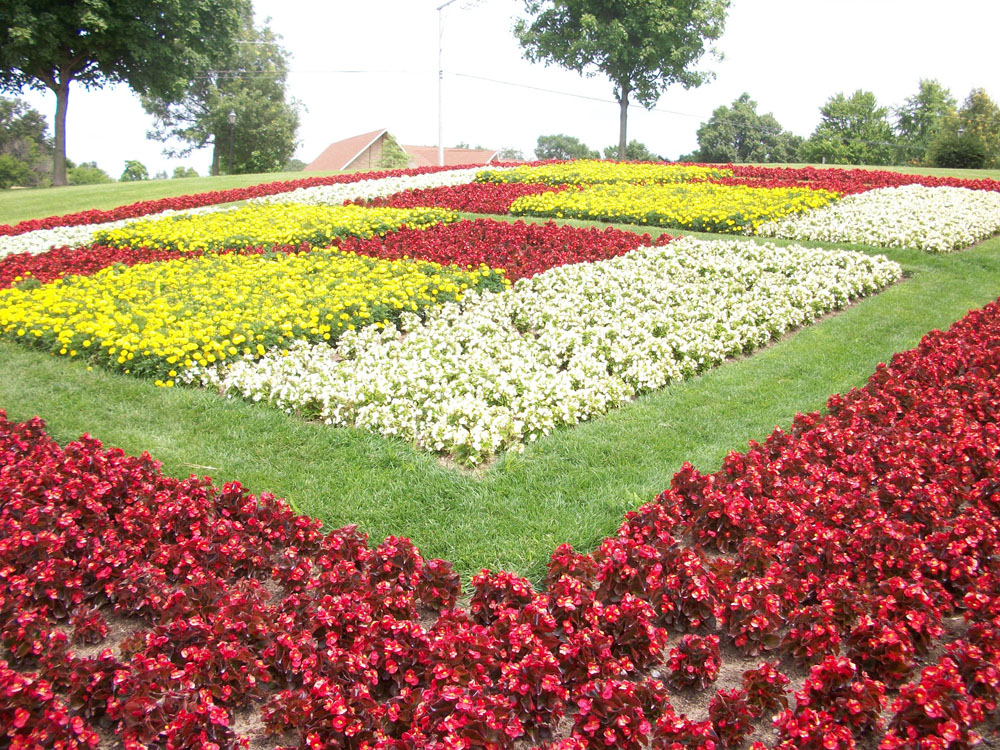Year of the dogwood

I have featured dogwoods in previous columns because they are one of my favorite trees. This year, the National Garden Bureau has named dogwoods – both shrub and tree varieties – a 2025 Plant of the Year. Dogwoods have so much to offer in the landscape. Spring blossoms, bright-colored stems and fall foliage colors name just a few of their multi-season attributes.
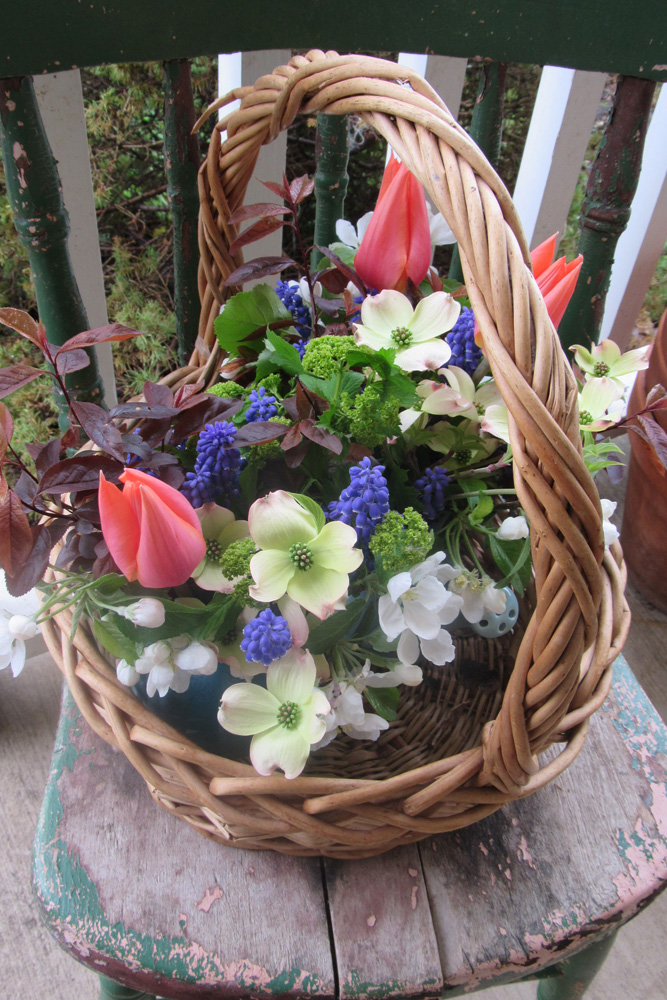
According to the National Garden Bureau, dogwoods are a great choice for yards with partial shade because they typically grow in the understory of forests. Pagoda Dogwood, Kousa Dogwood (non-native and later blooming), and Flowering Dogwood are common tree varieties that feature lovely spring blooms. What we see as petals are really bracts, a modified leaf that changes color, the National Garden Bureau says. The true flowers are very small and are in the center of the bracts.
Shrub dogwoods are found growing in moist areas across North America. Species include Tatarian Dogwood, Redtwig Dogwood, and Gray Dogwood. Tatarian Dogwood and Redtwig Dogwood have colorful stems. National Garden Bureau notes that Gray Dogwood does not have as colorful stems, but does produce beautiful clusters of white berries.
University of Maryland Extension says that dogwood trees should be planted in a partially shaded location with moist, well-drained soil. Tree dogwoods do not like overly saturated soil that is poorly drained, hot and dry conditions, or full sun. My dogwood trees receive morning sun and afternoon shade. Make sure to plan for the mature size of your tree. Dogwoods grow slowly, but can reach from 15 to 30 feet in height and 15 to 25 feet wide. The plant label should indicate mature tree size.
The National Garden Bureau advises to use tree dogwoods as accent plants in the garden. They can be planted on their own as a specimen or in small groups near a sidewalk or patio where they can be easily appreciated. I have a dogwood placed outside my dining room window where I can enjoy the beautiful blooms in spring, foliage during the summer, and bright red leaf color in the fall. Dogwood trees are a wonderful addition to woodland gardens, natural areas, and shrub borders.
Regarding shrub dogwoods, The National Garden Bureau says straight varieties work best in large areas. They can form a dense thicket and can be used in rain gardens and along streams or ponds where it can be wet. Another use is for steep hillsides as they will hold soil in place and help prevent erosion. You can mix varieties to showcase varied stem colors and add interest in winter months. NGB says shrub dogwoods add texture and color to the landscape and work well paired with ninebark, buttonbush, and spirea. They can reach three to 10 feet in height and width.
Dogwoods are low-maintenance shrubs and don’t require much care once established, the National Garden Bureau says. However, you might want to consider pruning older shrubs to encourage more brightly colored stems. When over-grown, you can cut back dogwood shrubs hard – almost to the ground – to rejuvenate the plant. I have redtwig dogwood growing naturally around my landscape. I like to cut the stems back hard at holiday time for use in arrangements, wreaths and holiday planters. This encourages the plants to send out fresh, straight stems the next growing season.


